ASU to spotlight humanities-driven research at international sustainability congress
A new Arizona State University hub will lead two humanities-driven sessions at an international sustainability conference taking place in South Africa June 20–24.
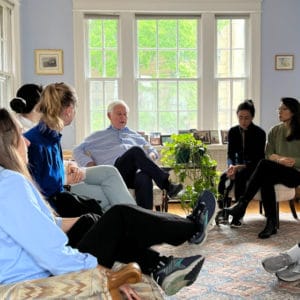
The Hagstrom Hangout
Following a long, exciting, tiring, informative, and insightful week, my classmates and I had one final trip to make for our D.C. Food Immersion course as students in the Sustainable Food Systems program. Jerry Hagstrom, journalist, local celebrity, and walking encyclopedia of Washingtonian culture, had invited our cohort to his home in Woodley Park for a chat about food over some pizza and wine.
EPA Resilience Webinar series highlights one of Project Cities inaugural projects
As part of the EPA Resilience Webinar series, in partnership with EPIC-N, Apache Junction Parks & Recreation Director Liz Langenbach joined a panel with SCN Director Anne Reichman and Project Cities Program Manager Julia Colbert to discuss one of Project Cities’ first projects, the development of a dog park for the community.
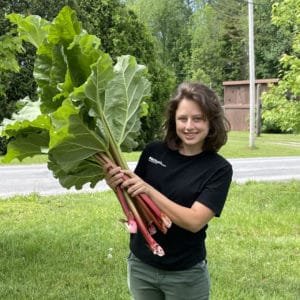
WWOOFing on a small organic farm in NY
World Wide Opportunities on Organic Farms is an organization like no other that provides anyone the opportunity to travel and work on farms around the world. The process starts with registering as a WWOOFer on their website and finding a host. When I decided to pursue this opportunity, I wanted to stay in the United States as a “test run” before committing to an abroad experience.
City of Tempe, ASU partner on 'Jenny’s Trailer' to provide space for homeless individuals to cool off during summer
Check out one of HUE's latest collaborations with the City of Tempe!

Climate change may be culprit in Antarctic fish disease outbreak
In a new study, University of Oregon (UO) researchers join Arizona State University virologist Arvind Varsani to investigate a parasitic outbreak in the Antarctic.
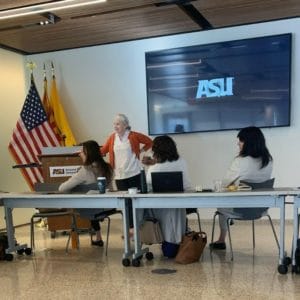
Fighting food crises with Jocelyn Brown Hall of FAO
Jocelyn Brown Hall is the Director of the North American Liaison Office of FAO, the Food and Agriculture Organization of the United Nations, which has a focus on food security and agriculture management. The organization was formed post World War II in Canada to reduce hunger while improving food and nutrition security. Currently, there are 190 participating members, and they are present in over 130 countries across the globe.
Project Cities fall 2021: New project summary reports released
We are pleased to announce the release of 6 new project summary reports! The fall 2021 semester comprised of 10 student projects that engaged over 60 students from various disciplines, including sustainability, engineering, environmental resource management, and public affairs!
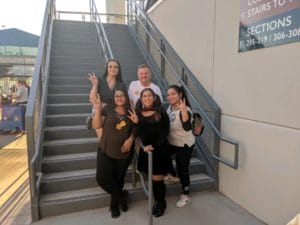
Faculty spotlight: Greg Broberg
This week we are excited to highlight one of our exceptional faculty members, Dr. Gregory Broberg! With an extensive background as an elementary and middle school teacher, Greg has cultivated a passion for educational equity, focusing on how to best support the unique needs of students.
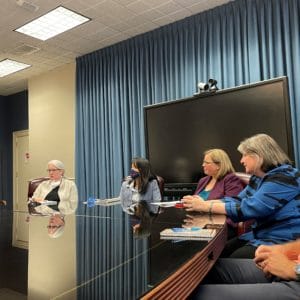
Equity through the Marketing and Regulatory Program
During our weeklong DC Immersive, several of our meetings took place in the United States Department of Agriculture (USDA) building. On one particular day, we had the privilege of meeting with the team from the Marketing and Regulatory Program (MRP) in the USDA conference room where people from all over the world come to discuss matters with policy officials within the Department.
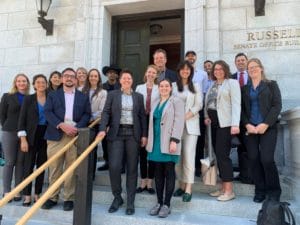
Farm Bill discussions with the Senate Ag Committee Staff
Agriculture was one of "three great branches of domestic industry" along with commerce and manufacturing. All three were equally entitled to the care and protection of the government. Agricultural interests were distinct and not always best served when included with those of commerce. On December 9, 1825, by a vote of 22-14, the U.S Senate approved a resolution creating a standing Committee on Agriculture.
Three ways to protect biodiversity today
The ASU Center for Biodiversity Outcomes, in collaboration with the Conservation International Lab at ASU and Sustainable Earth, recently published a comprehensive article for conservationists of all ages and all places to help provide greater understanding of what they can do to be a protector of our planet’s biodiversity.